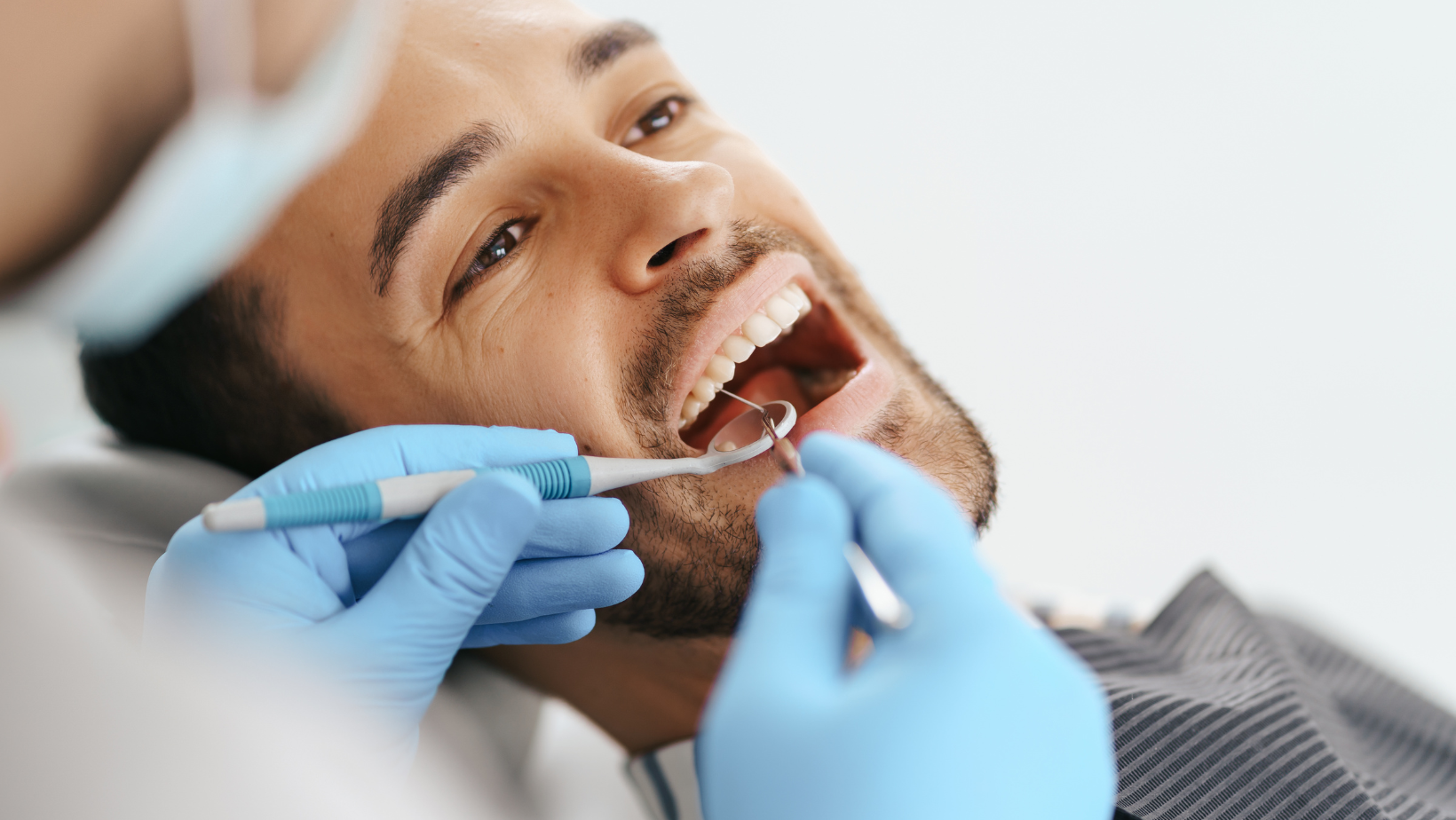Maintaining optimal oral health involves more than just achieving a bright smile. It requires a proactive approach to caring for your teeth and gums. In this comprehensive blog article, we will delve into various aspects of dental care, focusing on essential practices and tips to ensure a healthy and vibrant smile. We’ll also touch upon the crucial topics of missing teeth replacement and periodontal treatment, shedding light on the significance of addressing these issues promptly.
How Should I Care for My Teeth and Gums?
Proper dental care begins with understanding the fundamentals. Brushing your teeth and gums is the cornerstone of oral hygiene. Use a soft-bristled toothbrush and fluoride toothpaste to gently clean your teeth twice a day. Make sure to brush for at least two minutes, covering all surfaces of your teeth. Pay extra attention to the gumline, where bacteria tend to accumulate, leading to potential periodontal issues.
Tips for Brushing Your Teeth and Gums:
- Choose the Right Toothbrush: Opt for a soft-bristled toothbrush to avoid damaging your enamel and gums. Replace your toothbrush every three to four months or sooner if the bristles appear frayed.
- Proper Brushing Technique: Hold your toothbrush at a 45-degree angle to your gums and use short, gentle strokes. Brush the outer and inner surfaces of your teeth, as well as the chewing surfaces. Don’t forget to brush your tongue to remove bacteria and keep your breath fresh.
- Time Matters: Brush your teeth for a minimum of two minutes. Set a timer or play your favorite song to make sure you brush for the recommended duration.
Tips for Flossing Your Teeth:
Flossing is a crucial but often neglected aspect of dental hygiene. It helps remove plaque and food particles from areas that your toothbrush may not reach.
- Flossing Technique: Use about 18 inches of dental floss and wind it around your middle fingers, leaving a few inches for maneuvering. Gently slide the floss between your teeth in a sawing motion, curving it around each tooth in a C-shape.
- Regular Flossing: Aim to floss at least once a day. Consistent flossing prevents the buildup of plaque and reduces the risk of gum disease.
Tips for Rinsing Your Teeth & Gums:
In addition to brushing and flossing, rinsing your mouth with an antiseptic or fluoride mouthwash can further enhance your oral health.
- Choosing the Right Mouthwash: Select a mouthwash that is alcohol-free and carries the ADA (American Dental Association) Seal of Acceptance for effectiveness in reducing plaque and preventing gum disease.
- Routine Rinsing: Incorporate mouthwash into your oral care routine by rinsing after brushing and flossing. This step helps eliminate remaining bacteria and provides an extra layer of protection for your teeth and gums.
Eating Right and Dental Health:
A balanced diet contributes significantly to your dental health. Nutrient-rich foods strengthen your teeth and gums, while limiting sugary snacks helps prevent cavities.
- Calcium-Rich Foods: Incorporate dairy products, leafy greens, and fortified foods into your diet to ensure an adequate intake of calcium, crucial for strong teeth and bones.
- Limit Sugary Snacks: Sugary snacks and beverages can lead to tooth decay. Reduce your consumption of candies, sodas, and sugary treats to protect your teeth from cavities.
Dental Check-Ups:
Regular dental check-ups are vital for maintaining optimal oral health. Your dentist can identify potential issues early on and provide preventive measures. Schedule a dental check-up at least twice a year. This routine allows your dentist to monitor your oral health and address any concerns promptly.
Missing Teeth Replacement:
For individuals facing the challenge of missing teeth, various replacement options are available. Consulting with a dental professional is crucial to determine the most suitable solution.
- Dental Implants: Considered a permanent solution, dental implants provide a sturdy foundation for replacement teeth, mimicking the natural tooth structure.
- Dentures: Traditional dentures are removable replacements for missing teeth. They come in various types, such as full and partial dentures, catering to different needs.
Periodontal Treatment:
Periodontal or gum disease is a common issue that requires timely intervention to prevent complications.
- Professional Cleanings: Regular dental cleanings help remove plaque and tartar, reducing the risk of gum disease.
- Scaling and Root Planing: For advanced gum disease, your dentist may recommend scaling and root planing to remove bacteria and smooth the tooth roots, promoting healing.
Conclusion:
In conclusion, a proactive approach to oral care involves adopting healthy habits, routine dental check-ups, and addressing specific concerns like missing teeth replacement and periodontal treatment. By incorporating these tips into your daily routine, you can maintain a radiant smile and enjoy optimal oral health throughout your life. Remember, your teeth and gums deserve the best care, so prioritize your oral hygiene for a confident and healthy smile.

